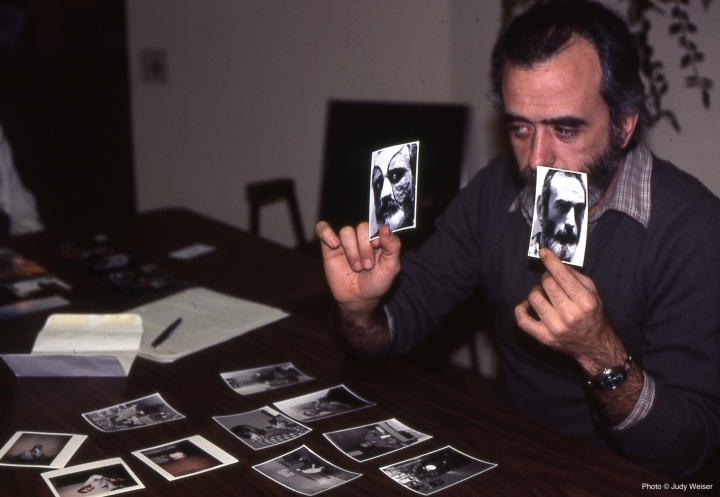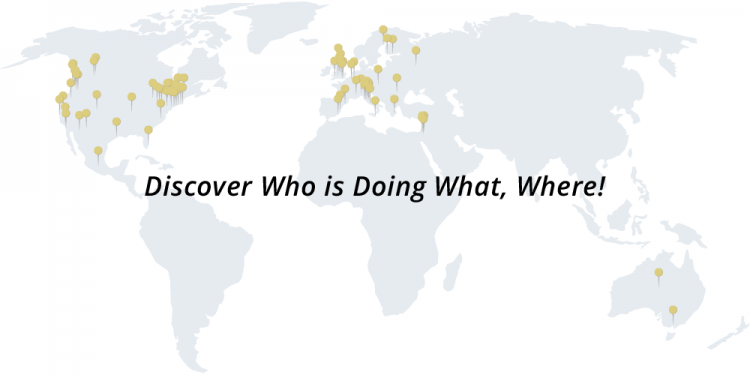“Photographs are footprints of our minds, mirrors of our lives, reflections from our hearts, frozen memories that we can hold in silent stillness in our hands — forever if we wish. They document not only where we have been, but also point the way to where we might perhaps be heading, whether or not we realize this yet ourselves…”
The Secret Lives of Personal Snapshots and Family Photographs
Every snapshot a person takes or keeps is also a type of self-portrait, a kind of mirror-with-memory reflecting back those moments and people that were special enough to be frozen in time forever. Collectively, these photos make visible the ongoing stories of that person’s life, serving as visual footprints marking where they have been (emotionally, as well as physically) and also perhaps signalling where they might next be heading. Even people’s reactions to postcards, magazine pictures, online images, or snapshots taken by others can provide illuminating clues to their own inner life and its secrets.
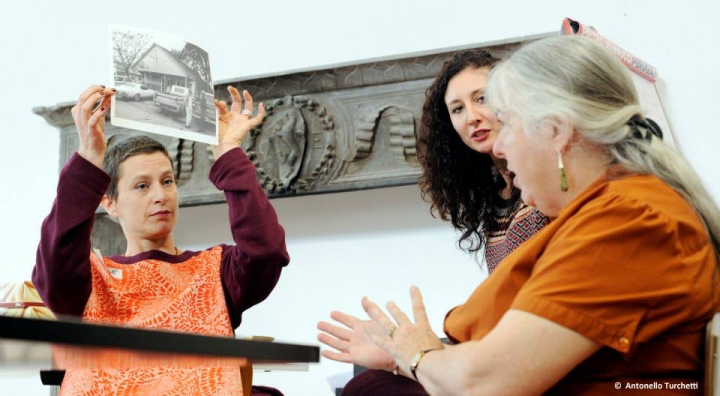
People actually spontaneously create the meaning that they think is coming from that photo itself
The actual meaning of any photograph lies less in its visual facts and more in what these details evoke inside the mind (and heart) of each viewer — including the person who took it or who appears in it. While looking at a snapshot, people actually spontaneously create the meaning that they think is coming from that photo itself, and this may or may not be the meaning that the photographer originally intended to convey. Thus, its meaning (and emotional message) is dependent upon who is doing the looking, because people’s perceptions and unique life experiences automatically frame and define what they see as being real. Therefore, people’s reactions to photographs they feel are special can actually reveal a lot about themselves, if only the right kinds of questions are asked.
How Therapists Use Photos to Help People Heal
Most people take and keep photos without thinking much about the reasons why they do this. Yet, these permanent recordings of moments in time (so that they can be kept forever) can serve as natural bridges for accessing, exploring, and communicating about feelings and memories that were unconsciously embedded in them at the moment the shutter was pressed — along with any deeply-buried or long-forgotten issues these bring to light. During Therapy sessions, clients’ photos can serve as tangible symbolic self-constructs and metaphoric transitional objects that silently offer inner insight in ways that words alone cannot as fully represent or deconstruct.
Under the guidance of a therapist trained in PhotoTherapy techniques, clients explore what their own photos and family albums are about emotionally, in addition to what they show visually. Such information is latent in all photos, but when it can be used to focus and precipitate therapeutic dialogue, a more direct and less censored connection with the unconscious will usually result.
During PhotoTherapy sessions, photos are not just passively reflected upon in silent contemplation, but also they are: actively created during sessions (or after), posed for, talked with, listened to, reconstructed, revised to form or illustrate new narratives, newly taken or collected on assignment (as “homework assignments” before the next therapy session), re-visualized in memory or imagination, integrated into art therapy creative expressions, or even set into animated dialogue with other photos — all of which allows clients to better reach, understand, and express parts of themselves in ways that were previously not possible.
The Five PhotoTherapy Techniques
The five PhotoTherapy techniques are interrelated and interdependent — and like the five fingers of one’s hand — they are most effective when working together. Each therapist using PhotoTherapy techniques will use them a bit differently, depending upon their own professional training and theoretical preferences, as well as each client’s particular therapeutic needs and goals. Thus, there isn’t one single fixed or correct way to use these techniques, nor are there any requirements about applying them in any particular sequence or combination as long as the client is treated ethically.
The therapist’s primary role is to encourage and support clients’ own personal discoveries while exploring and interacting with their personal and family snapshots. PhotoTherapy is not about interpreting people’s photos for them; instead, the input should always come from the client, guided by their therapist’s photo-stimulated questions, while both explore the image and its emotional impact together.
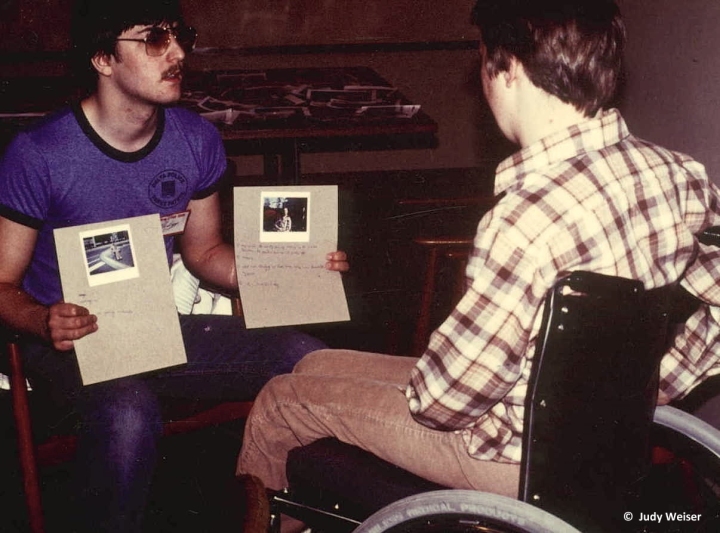
Similarly, a person’s reaction to a photo cannot indicate any definite diagnostic problem or mental condition — therefore no assumptions or assessments should ever be generalized from a singular response. Instead, therapists must look for underlying patterns of responses, repeated themes and imagery, consistencies through time (and often generations), and unusual or symbolic content. Most of all, they should pay special attention to emotional reactions indicating inner feelings which the clients may or may not be consciously aware of.
Memories, feelings and thoughts that emerge during the photographic dialogue, almost as by-products to the process, often lead to clients’ increased awareness of how their inner value system, beliefs, expectations and attitudes shape how they communicate. Asking questions about photographs, and to them — as if they were alive and could speak for themselves — further enhances the therapeutic possibilities, as clients learn more about how they make sense of their world and their place within it.
PhotoTherapy is best viewed as an interrelated system of photo-based counselling techniques used by trained mental health professionals as part of their therapeutic practice while helping clients consciously probe, and subsequently cognitively reintegrate, their photo-precipitated insights in order to better understand and improve their life.
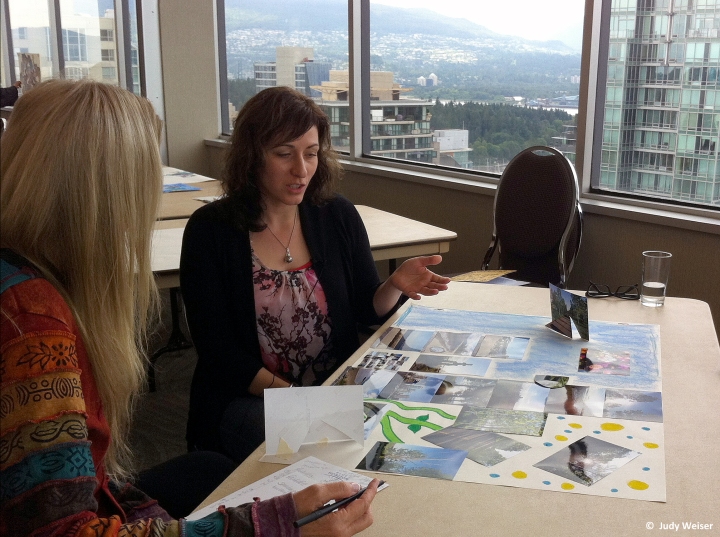
The five PhotoTherapy techniques are based on the different ways that people interact with cameras and photographs:
- Photos which have been taken or created by clients, whether actually using a camera to make the picture, or “taking” (appropriating) other people’s images through gathering photos from magazines, postcards, Internet images, digital manipulation, and so forth. For more information about working with photos taken or created by clients, click here to download a PDF.
- Photos which have been taken of clients by other people, whether posed on purpose or taken spontaneously while the person was unaware of being photographed — but where people other than the client have made all the decisions about timing, content, location, and so forth. For more information about working with photos taken of clients by other people, click here to download a PDF.
- Clients’ Self-portraits, which means any kind of photos that clients have made of themselves, either literally or metaphorically (but where in all cases they themselves had total control and power over all aspects of the image’s creation). For more information about working with clients’ self-portraits, click here to download a PDF.
- Clients’ Family albums and other photo-biographical collections, which were put together for the purpose of documenting the personal narrative of the client’s life and the background from which they developed. These could be photos of birth family or family of choice, whether formally kept in albums or informally placed on walls, refrigerator doors, into wallets or desktop frames, or digital collections. Such albums tell a larger story as a whole, than the individual images which sequentially comprise them, and finally… For more information about working with clients’ family photos, click here to download a PDF.
- Clients’ Photo-Projective Interactions, which explains how the meaning of any photo is primarily created by its viewer during their process of looking at, taking, or even just planning it. This reflects the projective process arising from inside their own unconscious inner map of reality, which determines how they make sense of what they see. Therefore this technique relates to all photos because it is about how people interact with them. For more information about clients’ Photo-Projective interactions with photos, click here to download a PDF.
Since PhotoTherapy is a collection of flexible techniques, rather than fixed directives based upon only one specific theoretical modality or therapeutic paradigm, it can be used by any kind of trained counsellor or therapist, regardless of their preferred conceptual approach. This is one of the many ways that PhotoTherapy is both similar to, yet distinct from, Art Therapy — as well as the reason it can be used so successfully by a variety of other mental health professionals who are not trained in Art Therapy specifically.
| For a more detailed comparison between PhotoTherapy & Art Therapy, click here to download a PDF. |
PhotoTherapy, Therapeutic Photography, &
Related Techniques
About the ‘why’ of your photographs — and the feelings and stories they create…
Click here to read a summary of this Website in other languages.
PhotoTherapy techniques are therapy practices that use people’s personal snapshots, family albums, and pictures taken by others (and the feelings, thoughts, memories, and beliefs these photos evoke) as catalysts to deepen insight and enhance communication during their therapy or counselling sessions (conducted by trained mental health professionals), in ways not possible using words alone. Learn more about PhotoTherapy techniques.
Photo-Art-Therapy techniques are a sub-category of PhotoTherapy techniques done only by trained Art Therapists. Learn more about Photo-Art-Therapy techniques.
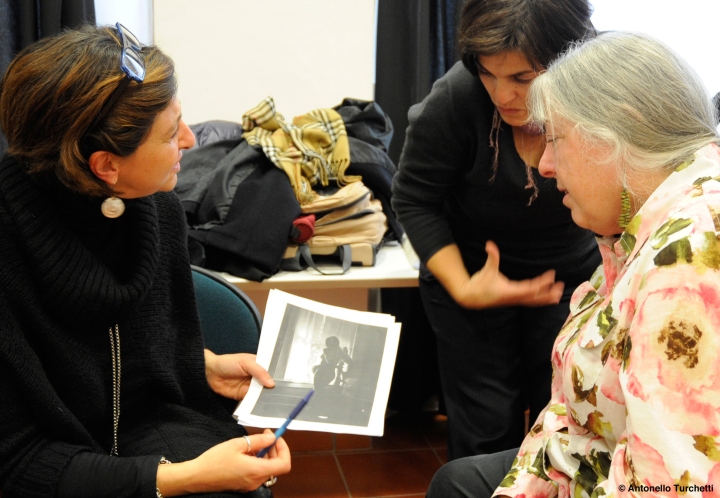
Therapeutic Photography techniques are photographic* practices done by people themselves (or their helpers) in situations where the skills of a trained therapist or counselor are not needed — for example, where photo-interactive activities are used to increase people’s own self-knowledge, awareness, and well-being, improve their relationships with family and others, activate positive social change, reduce social exclusion, assist rehabilitation, strengthen communities, deepen intercultural relations, lessen conflict, bring attention to issues of social injustice, sharpen visual literacy skills, enhance education, expand qualitative research and prevention methodologies, and produce other kinds of photo-based personal/emotional healing and learning. Learn more about Therapeutic Photography techniques.
*Therapeutic Photography does not mean just only photo-taking.
It also includes other photo-interactive activities, such as photo-viewing, -posing, -planning, -discussing, or even just only remembering or imagining photographs.
Not limited to printed photographs, both PhotoTherapy and Therapeutic Photography techniques can be used with any kind of photographic imagery — both film and digital, both still and moving — therefore also in applications such as VideoTherapy, Therapeutic Videography (Therapeutic Film-making) and other related techniques.
Since these techniques are about photography as emotional communication, rather than photography as art, no prior experience with cameras or the photographic arts is needed.
And finally, since all these techniques involve people interacting with their own unique visual constructions of reality, they can be particularly successful with people for whom verbal communication is difficult for physical, mental, or emotional reasons, as well as those in situations of social exclusion.
Please explore this site further to learn how these photo-based techniques can help people get a better picture of their life — one that is worth far more than the proverbial thousand words!

Judy Weiser, Psychologist, Art Therapist, consultant, trainer, University Adjunct Faculty, international lecturer, and author, is considered the world authority on the techniques of PhotoTherapy, Therapeutic Photography, Photo-Art-Therapy, VideoTherapy and other related techniques. Founder and Director of the PhotoTherapy Centre in Vancouver, Canada — and author of dozens of professional articles as well as the classic book in the field — she now lectures and gives Introductory Educational Workshops and Advanced Training Intensives about these techniques internationally. Learn more about Judy Weiser.
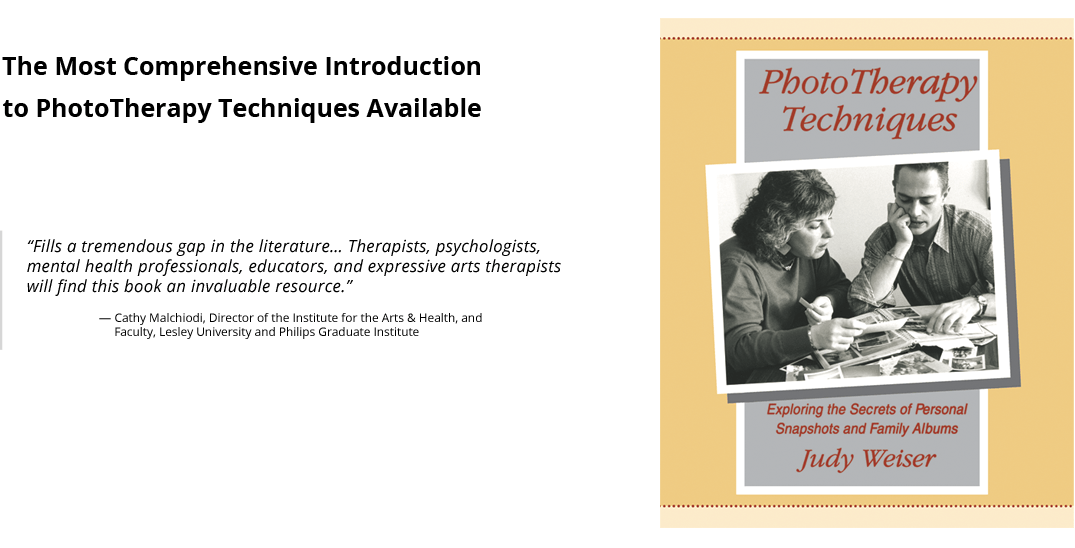
Next Events:
2022*:
*IMPORTANT: During 2022, Judy Weiser will not be travelling to teach Workshops or Training events as often as usual, in order to set aside the time needed for preparing her full “comprehensive package” of various Online Courses in PhotoTherapy and Therapeutic Photography Techniques, that will hopefully begin mid-Autumn of 2022… If you want to be notified when these Online Courses become available, please click here to have your email address added to the “Online Courses Notification List”
➜ For additional events, please see the “Upcoming Events” page of this website.
Find out how these techniques are being used all over the world — this growing list of over 100 people can help you find others with similar interests, related organizations and projects, or let you submit your own information to be included! Click here to find out Who is Doing What, Where.
Related Websites
Find out about these techniques from related organizations, projects, and websites or let you submit your own information to be included! Click here for a list of Related Websites.
Read a Summary of this Website in:
Chinese (Simplified) | Chinese (Traditional) | Czech | Danish | Estonian | Finnish | French | German | Greek | Hungarian | Italian | Japanese | Korean | Latvian | Lithuanian | Persian | Polish | Portugese | Romanian | Russian | Spanish
Email Updates
To subscribe to our “News and Events” Email Notification List, click here.

